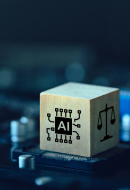Evolution of Artificial Intelligence
Milestones of AI evolution
In recent decades we have witnessed an exciting evolution of Artificial Intelligence, together with our own social and technological evolution. A path along which different types of artificial intelligence have been developed at the same time as its most varied applications have been put into practice. Sometimes, with a faster integration into our day-to-day lives than we ever imagined.
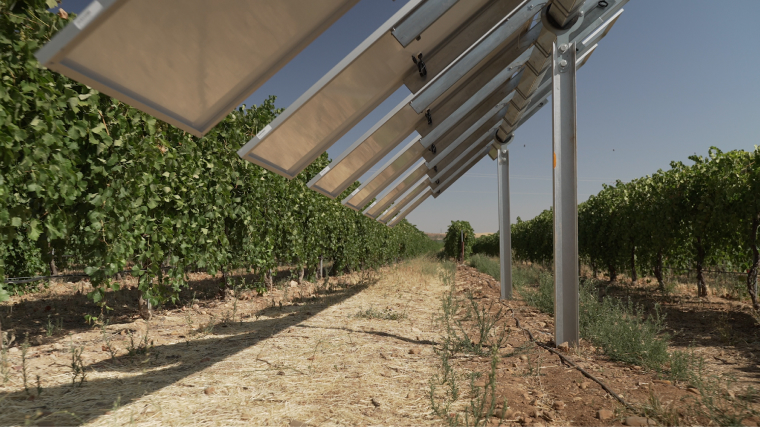
Some people imagine artificial intelligence (AI) as an absolute and immovable concept; as a single reality. However, AI is an ever-expanding field of scientific research. Thus, since the first rudimentary conceptions of this discipline in the mid-20th century, the evolution of AI has taken different speeds at different times – driven by technological advances, economic investments and great talents. A history of AI that has developed in parallel to human evolution itself, expanding its initial meaning beyond imagination.
From early concepts to Machine Learning
In its early days, artificial intelligence focused on logic rules and specific programming to replicate human intelligence. Eventually, the explosion of big data in the 1990s revolutionised the way we approach the field. The ability to process and analyse large amounts of data enabled AI systems to extract complex patterns and make more informed decisions.
This shift towards massive data analysis marked a crucial milestone in the evolution of AI, paving the way for the widespread implementation of machine learning. Machine learning became the backbone of contemporary AI.
As machine learning algorithms learn from available data, they can adapt and improve their accuracy without direct human intervention. This dynamic approach has led to significant developments in areas such as voice and facial recognition, highly targeted marketing campaigns and recommendation systems – radically transforming the way we interact with technology today.
The development of neural networks and Deep Learning
In the course of the evolution of artificial intelligence – as processing demands became more complex – the need for more sophisticated structures arose. This is where neural networks come into the picture. These networks are inspired by the workings of the human nervous system and they are capable of learning and adapting through interconnected layers.
Access to massive computational resources provided by cloud computing technology opened up the possibility of storing and processing large datasets efficiently in the cloud. This, in turn, provided an ideal environment for training deep learning models.
This convergence of advanced neural networks and the power of the cloud led to extraordinary advances in the ability of machines to understand and learn even more complex patterns. The interconnection of these elements has paved the way for practical applications in fields such as computer vision, natural language processing (used by virtual assistants) and autonomous decision-making.
AI in Industrial Automation: A Historical Overview
Historically, industrial automation has focused on the mechanisation of processes to improve efficiency and production. It was in the 1960s that the robotisation in the workplace took off with the advent of computing and robotics. Industrial robots, programmed to perform specific tasks, began to play a key role in the production chain, offering greater precision and speed compared to human operations.
These industrial robots were joined by cobots, or collaborative robots; trends such as hyper-automation or digital process automation (DPA); and innovative technologies such as digital twins, virtual replicas in the image and likeness of a product. For instance, the turbine of an aeroplane or the blades of a wind turbine to which data is incorporated in real time. All in all, we are currently immersed in the so-called fourth industrial revolution, where automation and robotics are converging with artificial intelligence.
The strategic integration of AI in industrial environments not only drives productivity, but also redefines the nature of work – creating a paradigm where humans and machines collaborate to achieve higher levels of performance.
From analytical AI to generative AI
Throughout the evolution of artificial intelligence, we have witnessed a significant transition from analytical approaches to generative models. Analytical artificial intelligence, which uses data to extract patterns, took its first steps in the 1950s with the creation of programmes capable of performing logical tasks and solving problems based on historical data. Generative AI has long been embedded in our digital lives, in everyday events such as recommending personalised content based on our interests and preferences.
It was in the 2010s that key advances in generative artificial intelligence models emerged. This intelligence was programmed to create new data from statistical patterns extracted with machine learning, such as generative adversarial networks (GANs) and autoregressive language models. These models can help produce unpublished text and images quickly and efficiently from user input.
However, it was not until 2020 – when Open AI released its Generative Pre-Trained Transformer (GPT-3) – that this type of AI became accessible to the general public. This was a essential new milestone in the evolution of artificial intelligence that caused an international furore; and, in turn, opened up new ethical and legal debates about the challenges of AI and its role in the immediate human future.

Green artificial intelligence
Green AI has emerged as one of the main mitigation pathways.
-R. San Juan Moya-
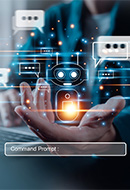
What is Artificial Intelligence?
AI is set to bring about a revolution on a par with the Internet.
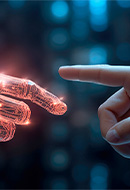
History of artificial intelligence
Get to know the almost century-old set of conceptions behind artificial intelligence.
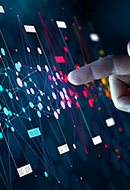
AI Algorithms
Get an insight into the diversity of algorithms that make up AI.
Iberdrola and artificial intelligence
Iberdrola, as the private energy company that invests the most in R&D&I in the world, has been committed to innovation as a strategic variable that affects all of our businesses and activities for decades. This includes, of course, the Group's contribution to the evolution of AI in our operations and services.
Here are some success stories and applications:
-
Meteoflow. This integrated system uses AI to predict medium and long-term weather variables in any type of renewable installation. Developed by Iberdrola Renovables, the Meteoflow project has become a benchmark, with accuracy rates above those of other solutions on the market.
-
Advanced Smart Assistant (ASA). The ASA platform allows customers to connect to any digital electricity solution available in the home and, thanks to Amazon Web Services AI services, automatically manage them to improve their efficiency and maximise electricity savings. With this service, users take an active role in the energy transition.
-
Winesolar. The first smart agrovoltaic plant in Spain has smart trackers that adapt the layout of the solar panels to the needs of the vineyards, to regulate the incidence of the sun and the temperature through the shades of panels. These trackers are controlled by AI algorithms to optimise photovoltaic production while protecting the vineyards.
-
IA4TES. Within the European programme R&D Missions in Artificial Intelligence in the 21st Century Energy sector, we lead the IA4TES
 External link, opens in new window. project (Artificial Intelligence for Sustainable Energy Transition). This project is focused on AI enabling technologies, both in new advanced intelligence algorithms and in new paradigms of data governance and distributed data intelligence.
External link, opens in new window. project (Artificial Intelligence for Sustainable Energy Transition). This project is focused on AI enabling technologies, both in new advanced intelligence algorithms and in new paradigms of data governance and distributed data intelligence.





